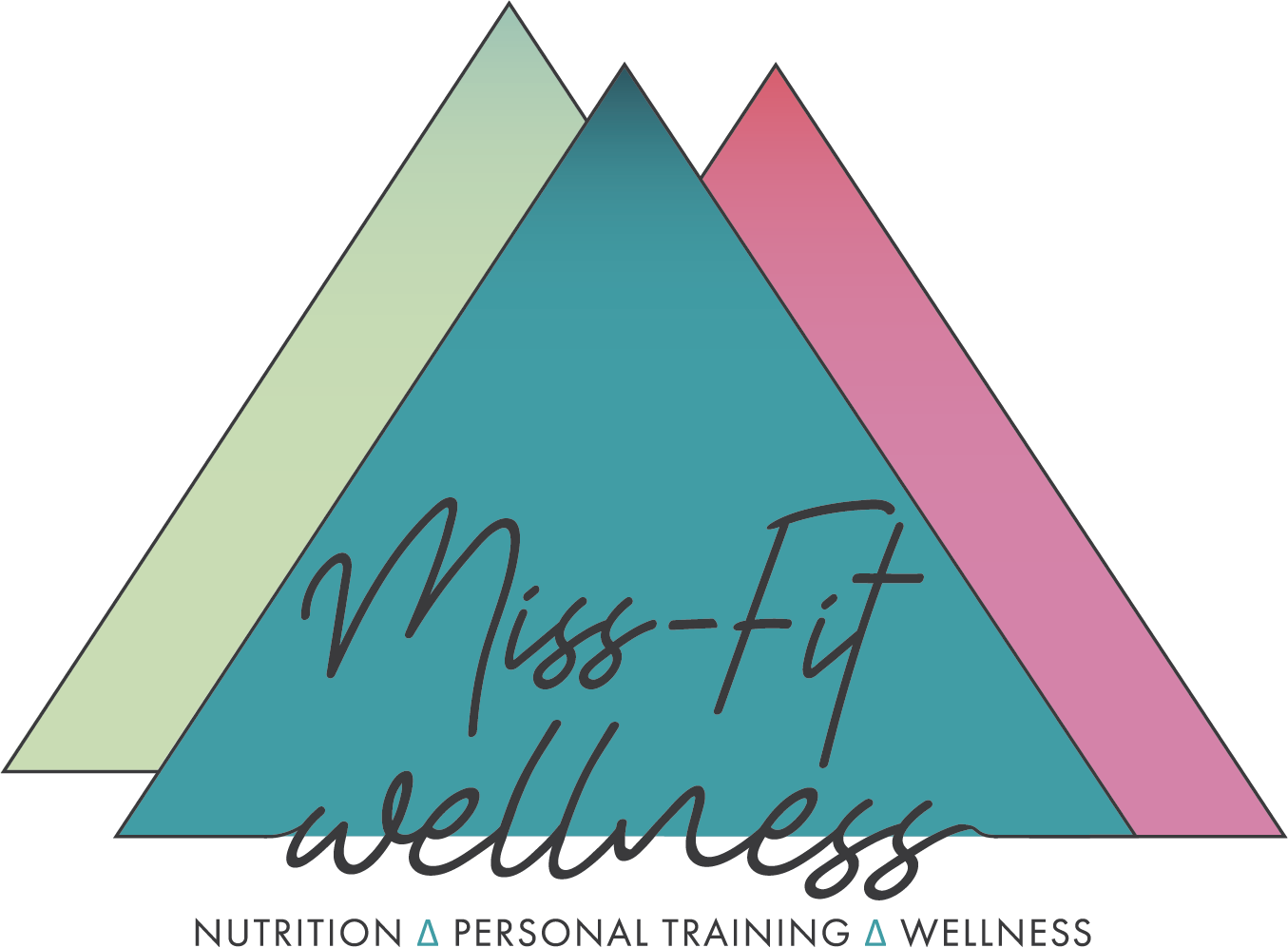Why Your Bones Are Weaker Than You Think
You’ve seen the little old white-haired lady, 5 inches shorter than she used to be with a hunchback rivaling Quasimodo’s. And you think, “that’s never going to be me.”
But why woudn’t it be? What are you actually doing to make sure that doesn’t happen??
The typical American perimenopausal woman is mostly sedentary without a legitimate strength training routine. She eats a diet high in sugar, processed foods, and low nutrient density. She often drinks sodas rich in phosphoric acid. She consumes 200-300 mg caffeine and about 75 grams of added sugar every day.
That same, typical American woman loses 10-15% of her bone density by age 50. That’s about 3 years off for me, long before I have the white hair (but let’s be real, will I EVER have the white hair? #onlymyhairdresserknows). However, that seemingly insignificant 10% loss increases her fracture risk 50-100%.
It’s true that most of us aren’t probably in huge danger of breaking a hip at our age. HOWEVER, with this modest loss in bone density, we will be way more likely to experience wrist and ankle breaks as well as stress fractures of the foot and lower leg. We’ll also be more likely to encounter compression fractures in our vertebrae, often without even knowing it, thinking we just have back pain or stiffness. These seemingly minor injuries get us down. We can’t exercise, we lose even more muscle…we age faster.
Here are just three training elements that can make a huge difference in actually maintaining and even BUILDING back our bone density…
Jump Training: Jumping exercises, like plyometrics, place a high-impact load on our bones, which stimulates bone growth and increases density. The repetitive force applied through your legs helps build stronger bones in the lower body, particularly in the hips and spine. Incorporating jumping into your routine also enhances balance and coordination, reducing the risk of falls as you age.
Heavy Resistance Training: Lifting heavy weights creates mechanical stress on our bones and muscles, signaling the body to build denser bones. This type of strength training not only prevents bone loss but also promotes muscle growth, improving overall strength and stability. By strengthening the muscles around your bones, you're providing additional support, reducing the risk of injury or fractures.
Sprint Interval Training: Sprint intervals provide short bursts of high-intensity activity that challenge your muscles and bones to respond quickly to stress. This boosts bone remodeling and can improve bone density over time. Sprints also elevate growth hormone levels, which supports muscle repair and bone health, making it an effective tool for both strength and endurance gains.
So yes, from a training standpoint – jump training, heavy resistance training, and sprint interval training can all be powerful tools to build the bones and the body. But the real secret lies in combining those with the right nutrition and recovery strategies tailored specifically for women in perimenopause. That’s exactly what we’re diving into in my 12-week Perimenopause Prescription program. It’s not just about preventing bone loss—it's about rewinding the clock on your health, from energy levels to strength, and yes, even your bones. There are a few spots left before the end of the year, so apply in Coaching if you’re at least curious to learn more!
